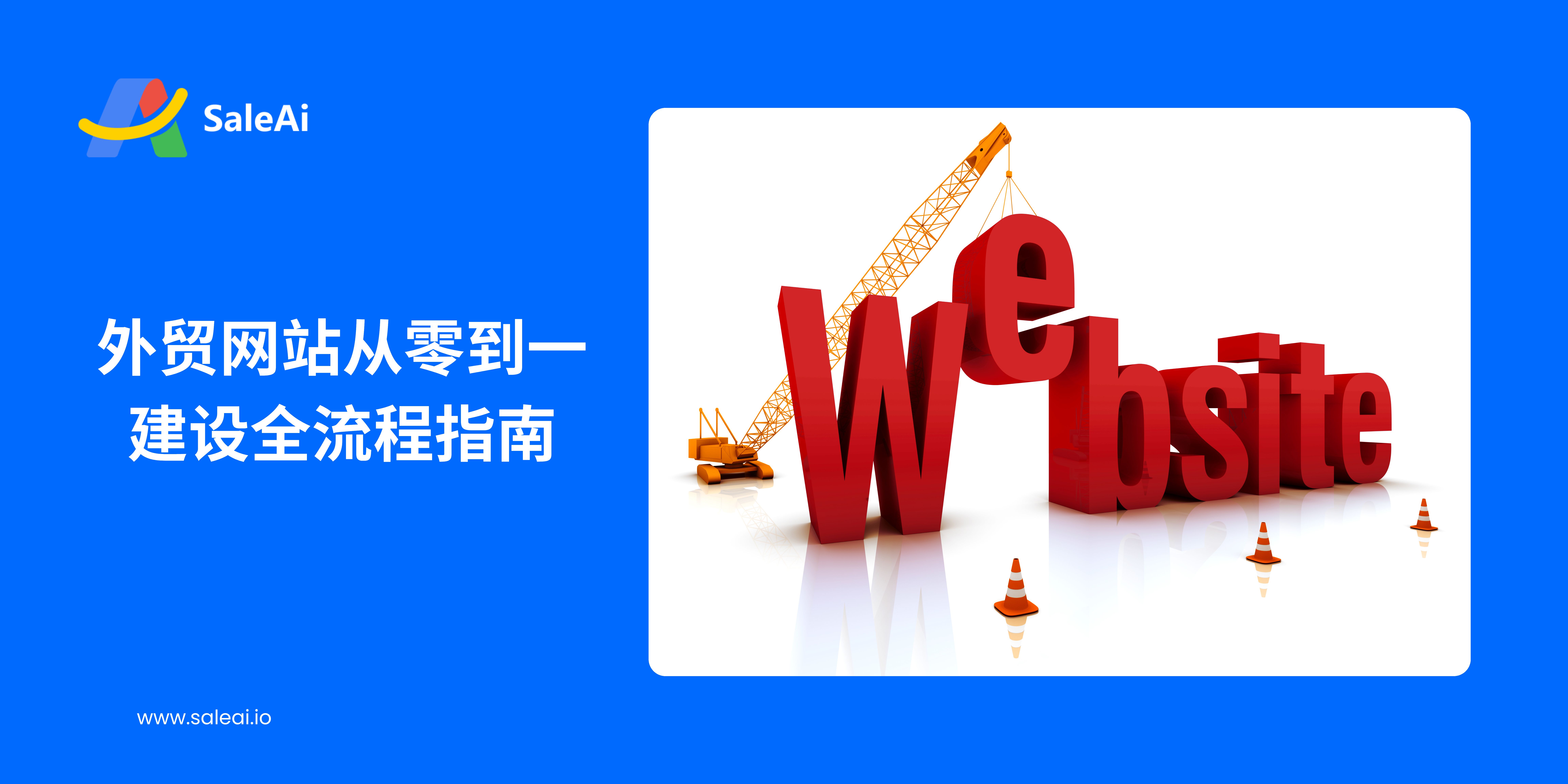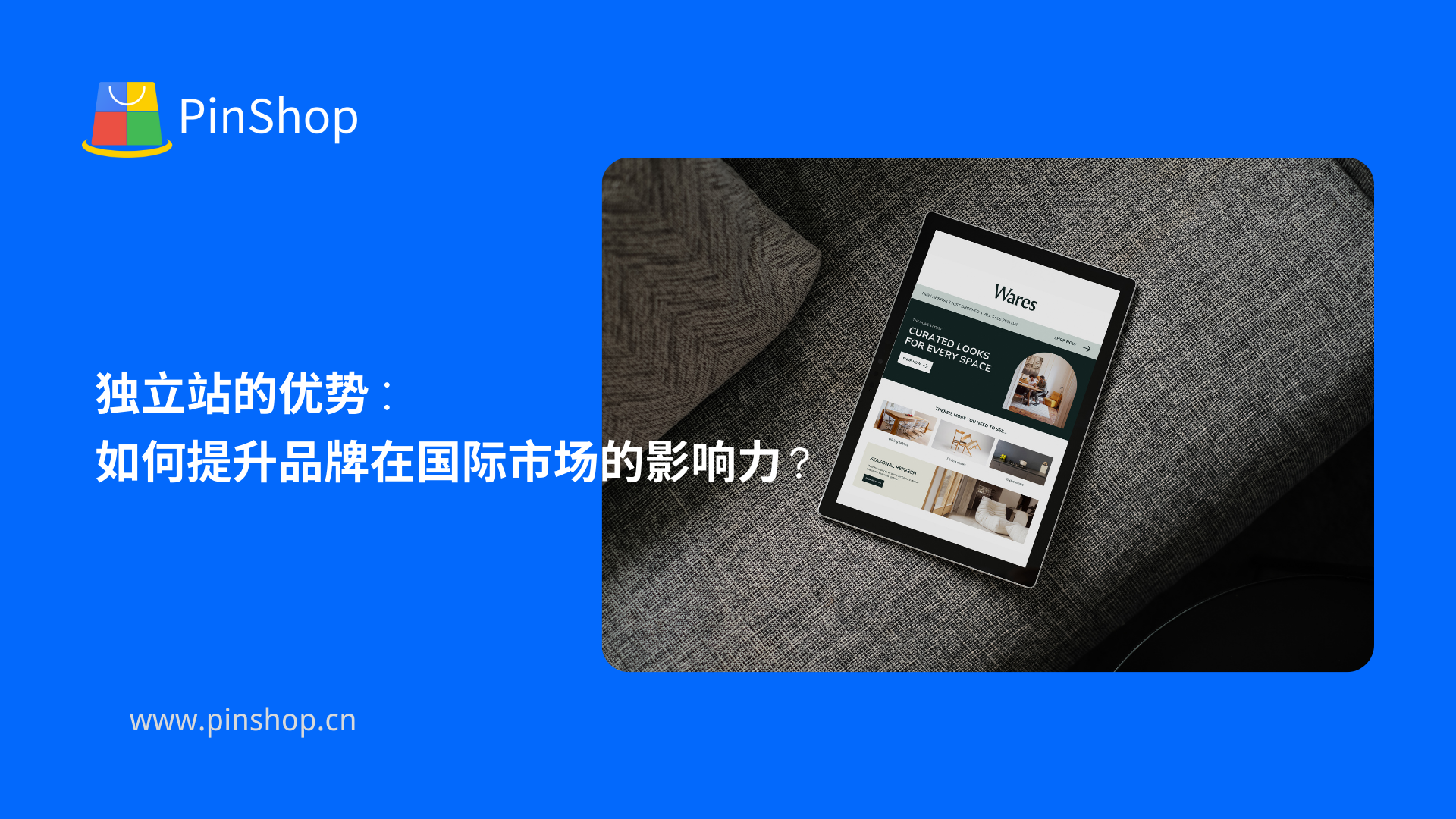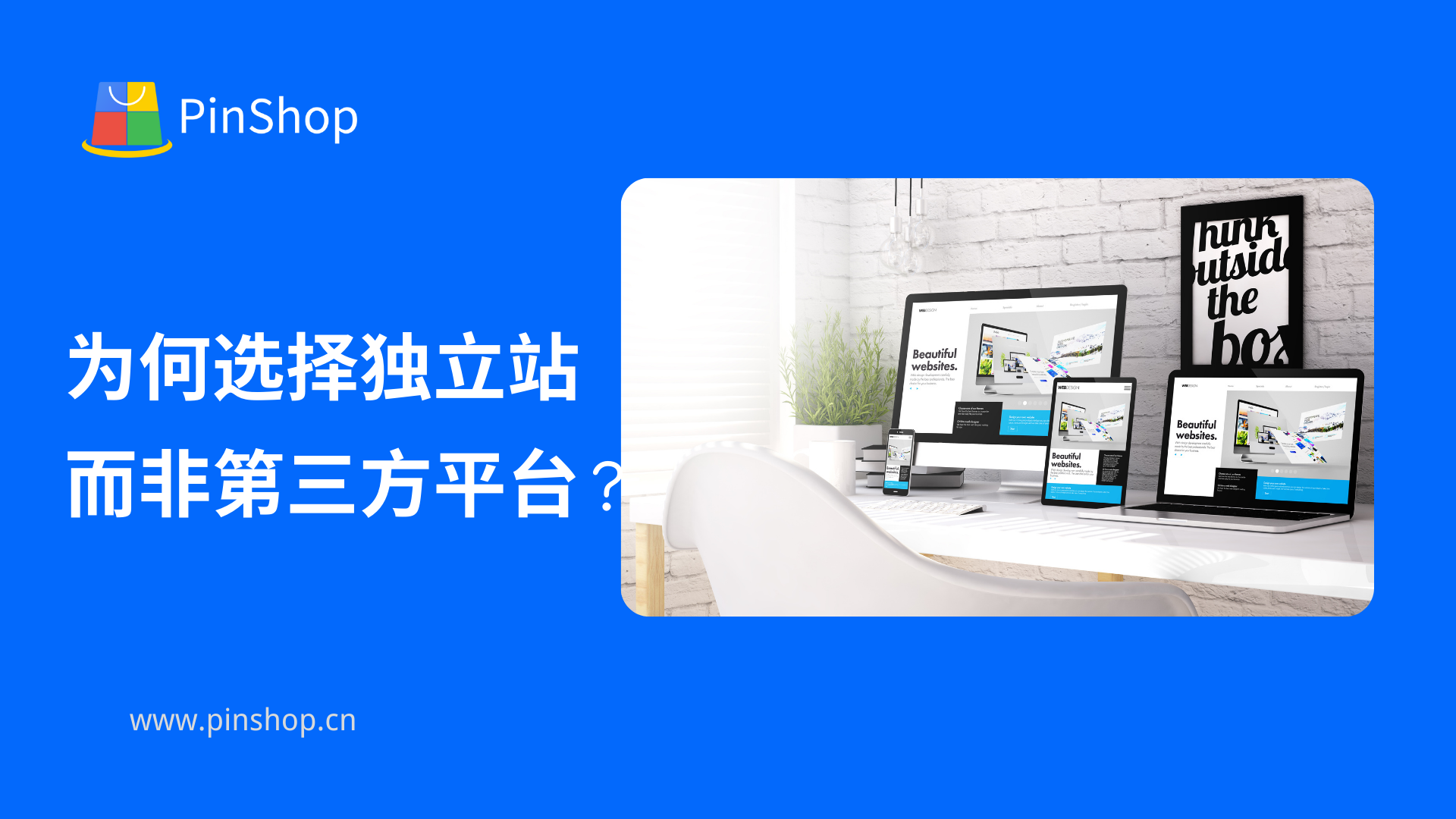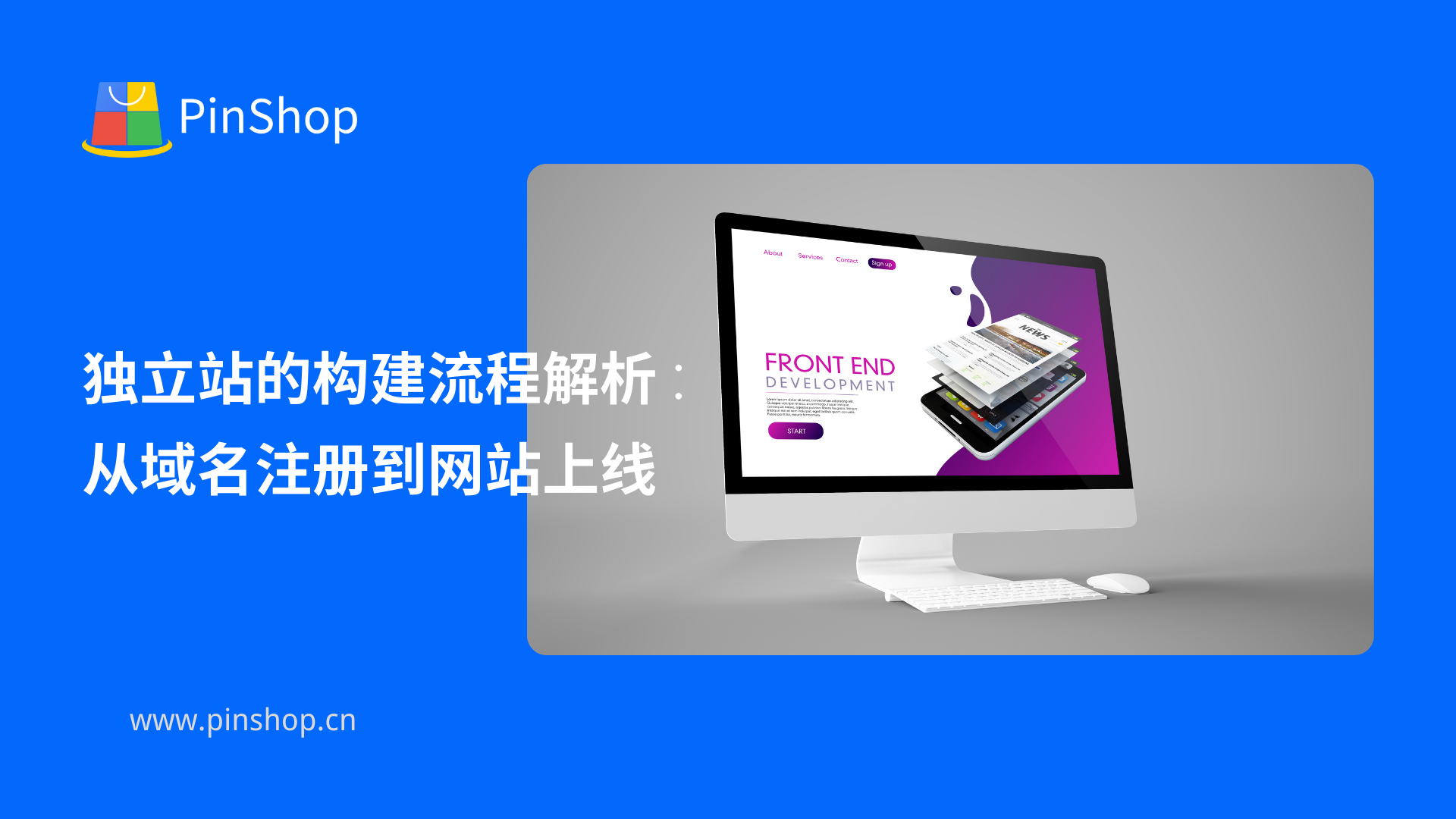For independent website operators, images are crucial for capturing users' first impressions and conveying brand values and product information. However, while high-resolution images enhance the visual experience, they can also lead to slow website loading times, impacting user experience and SEO performance. Therefore, striking a balance between visual marketing and website performance is a challenge that independent website operators must face.
 High-quality visual presentation: enhance brand and user experience
High-quality visual presentation: enhance brand and user experience
Images on your website directly influence user perception and purchasing decisions. Clear, professional images effectively showcase product details and usage scenarios, increasing user trust and retention. According to the American Marketing Association (AMA) , visual content accounts for over 60% of user decision-making information, and high-quality images can significantly increase conversion rates. When selecting images for your website, you should prioritize color, composition, and presentation based on product characteristics and brand style, achieving a professional and engaging visual experience.
Website performance optimization: loading speed and SEO ranking
Image optimization isn't just about visuals; it also directly impacts website performance. Slow loading times on independent websites can lead to user loss and lower search engine rankings. Google notes that page load times exceeding three seconds significantly increase bounce rates. Optimizing image size and format is key to improving loading speed. Businesses can optimize performance while maintaining clarity by using modern image formats like WebP or AVIF, lazy loading, and compressing image sizes.
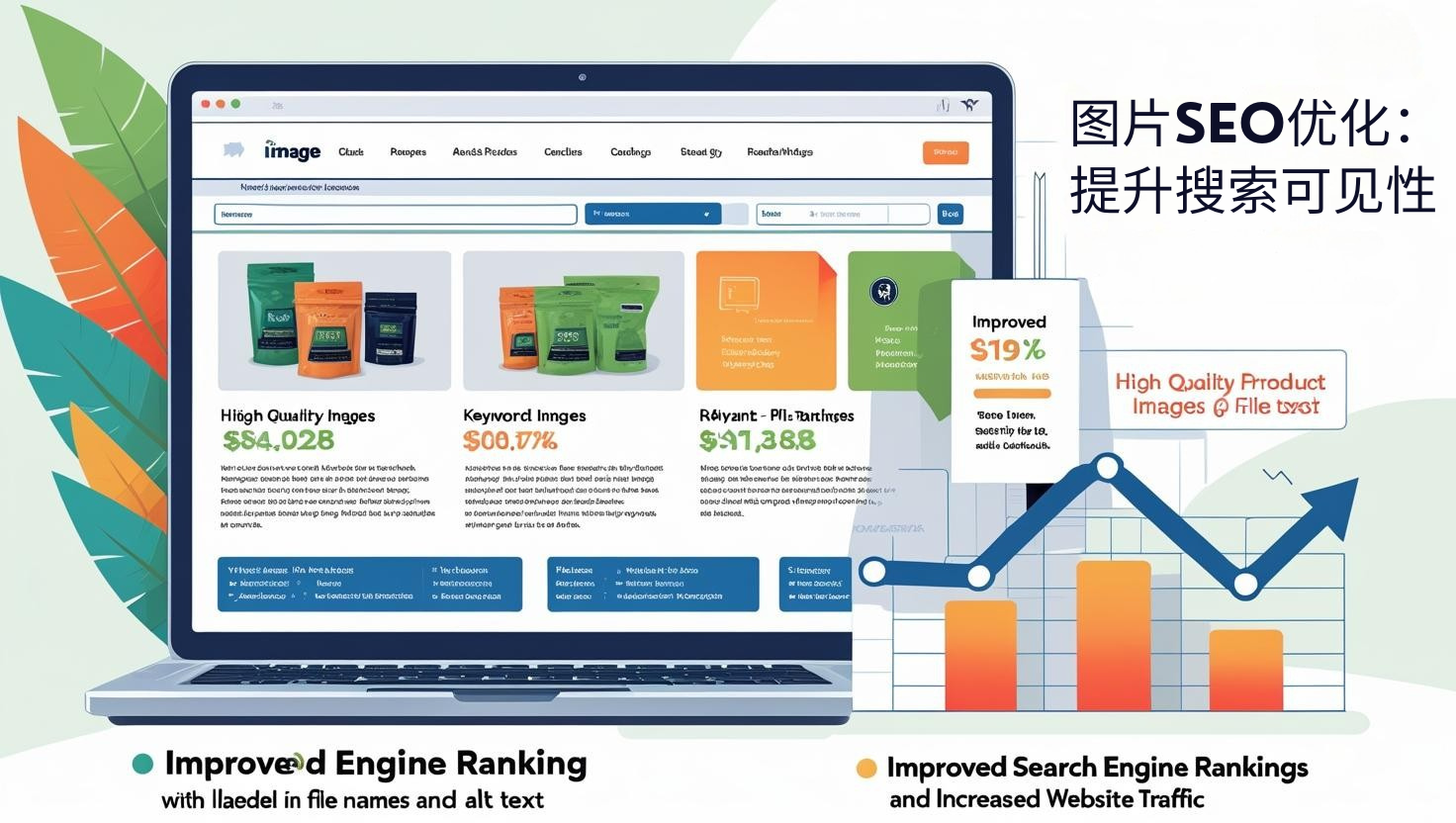 Image SEO Optimization: Improving Search Visibility
Image SEO Optimization: Improving Search Visibility
Image optimization also includes SEO strategies. Independent websites should naturally incorporate keywords into image file names, alt text, titles, and descriptions, such as "Independent Website Product Showcase" and "Independent Website Visual Marketing." This not only improves search engine indexing but also helps generate additional traffic. According to research by the International E-Commerce Association (IEIA) , independent websites with well-optimized images see an average increase in search engine traffic of 15%-30%. Furthermore, proper image structured data and on-site indexing can improve search engines' ability to understand image content, thereby increasing exposure.
User Experience and Responsive Design: Cross-Device Optimization
Modern users often use mobile phones or tablets to access independent websites, so responsive image design is particularly important. According to a Nielsen Norman Group survey, differences in image display on different devices directly affect the user experience[4]. Independent websites should dynamically adjust image size and loading strategies based on screen size and resolution, while ensuring consistent visual effects and improving the overall experience.
Data-driven optimization: continuous monitoring and iteration
Optimizing images for independent websites is an ongoing process that requires data-driven adjustments. By analyzing load times, user click hotspots, and bounce rates using tools like Google PageSpeed Insights and Hotjar, businesses can optimize image placement, size, and display strategies for refined operations. Continuously iterating image content and presentation can enhance visual appeal while maintaining stable website performance.
Recommended related articles: Multilingual Independent Station Strategy: Balancing Localization and Internationalization 


